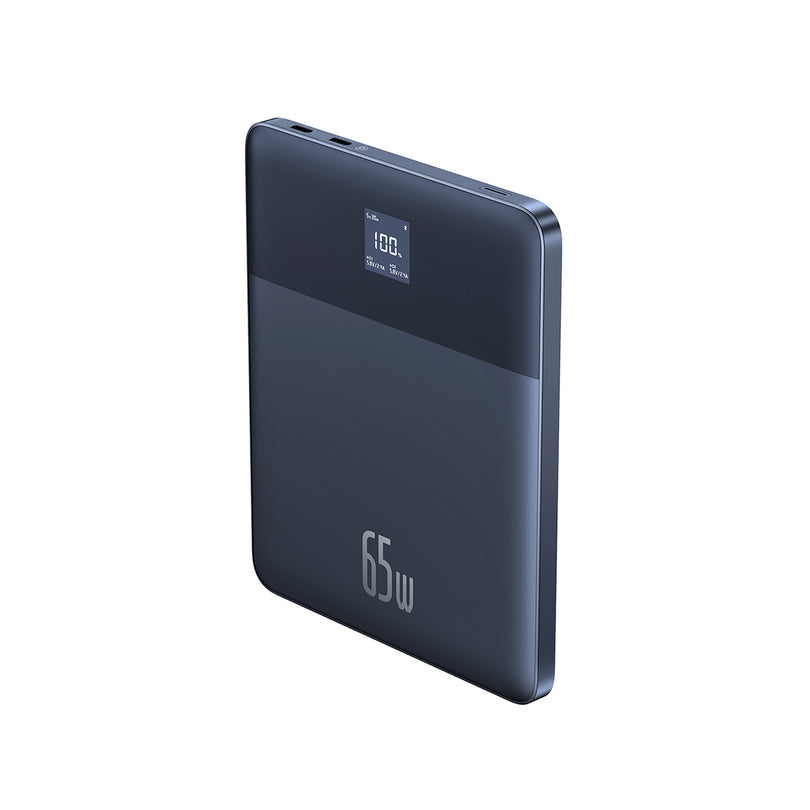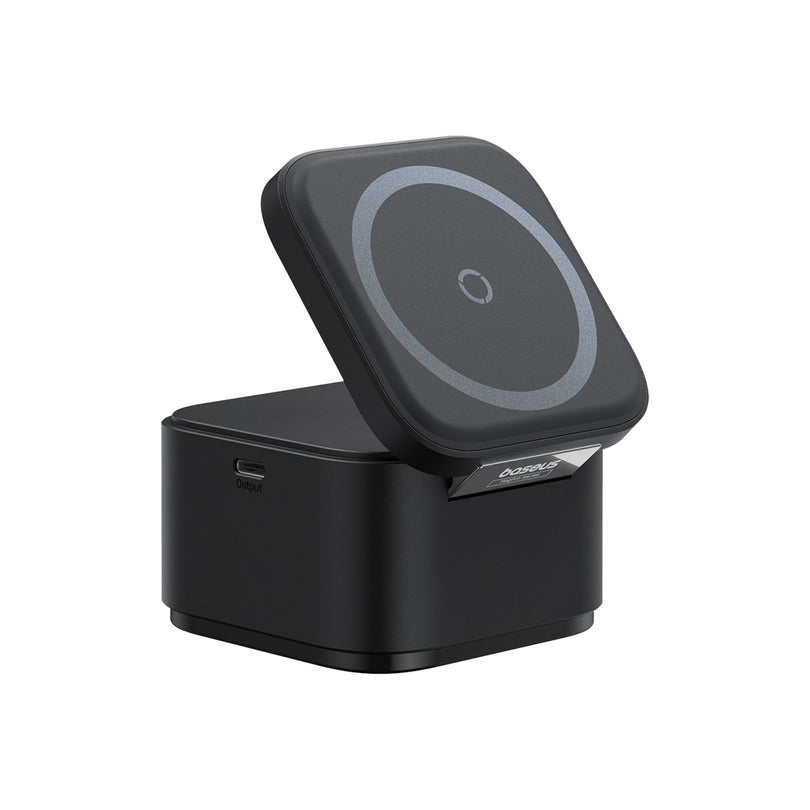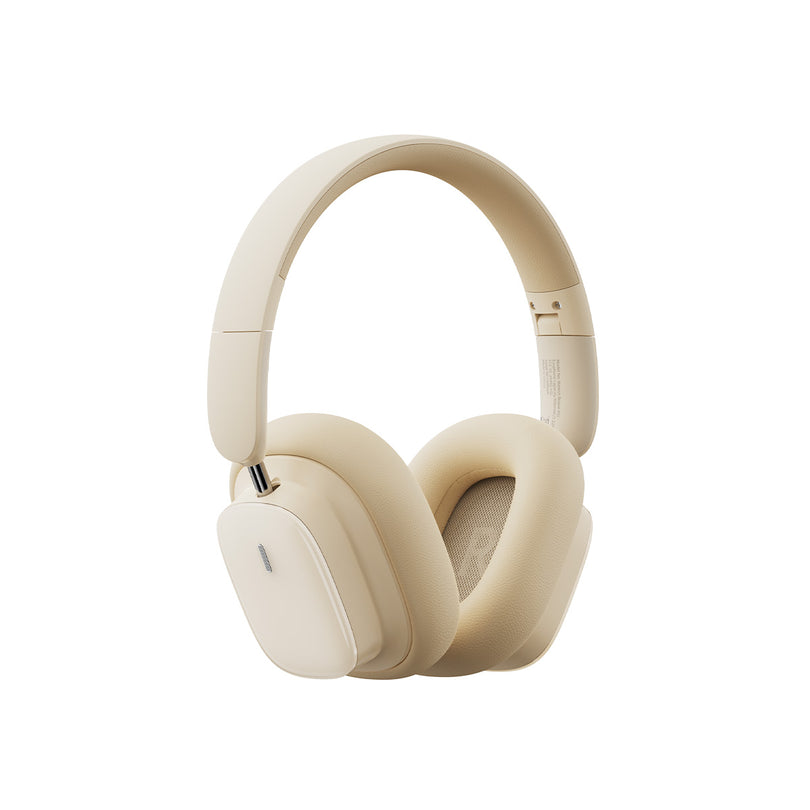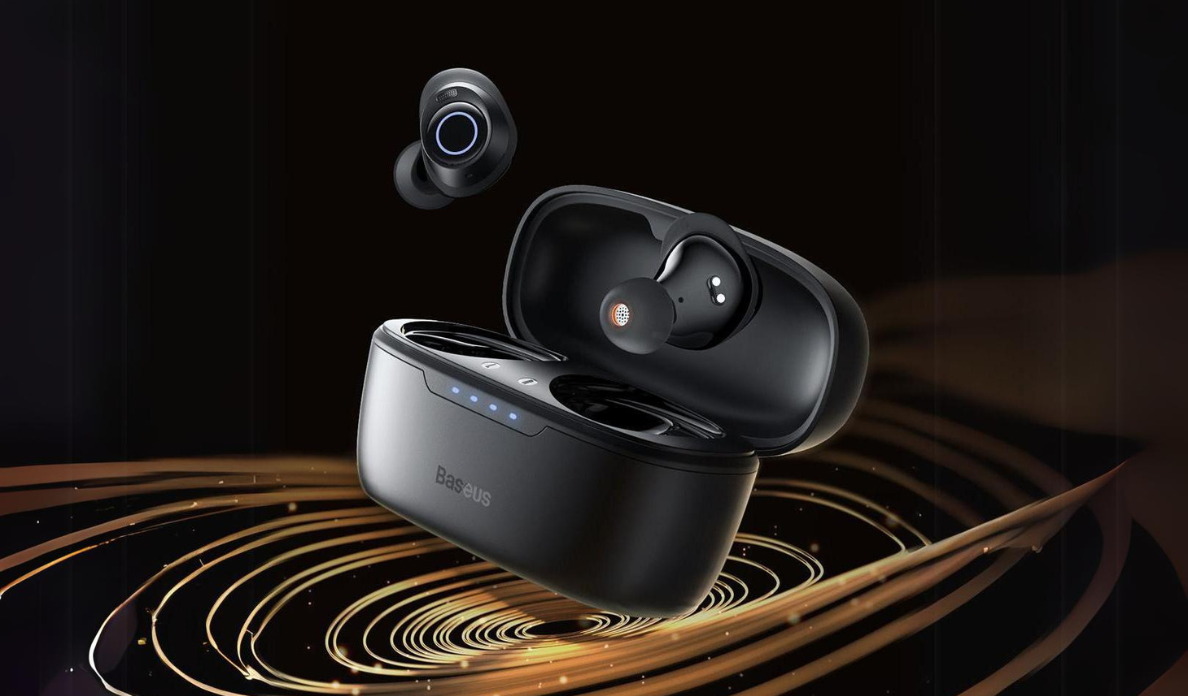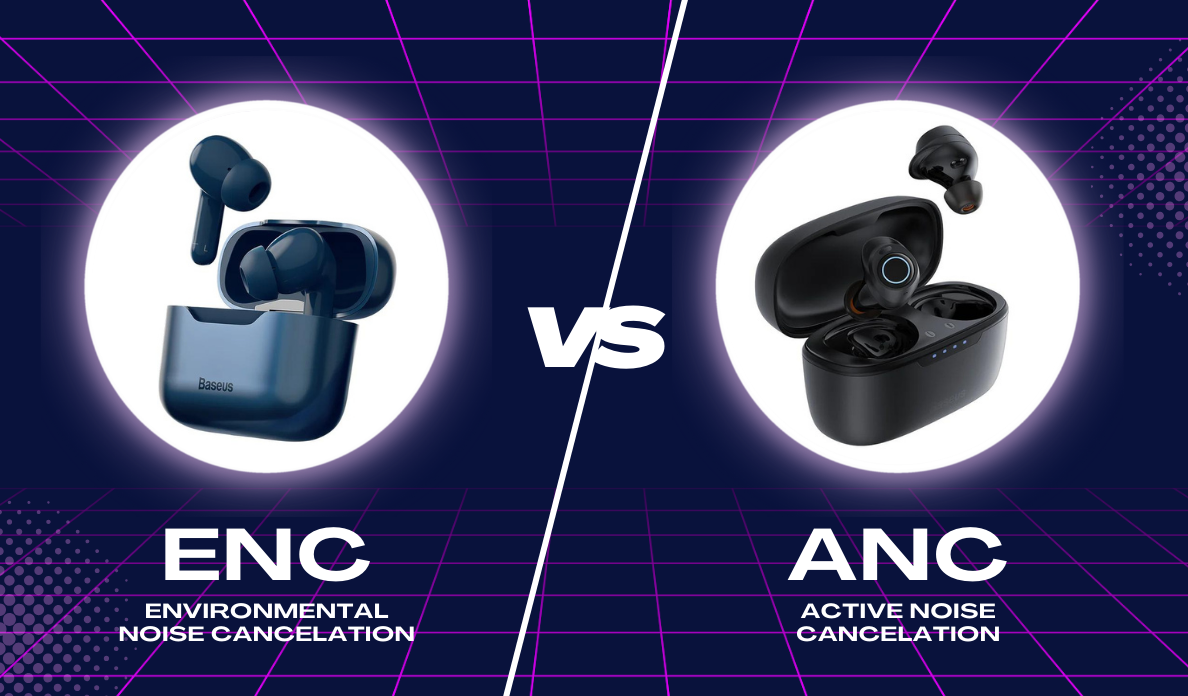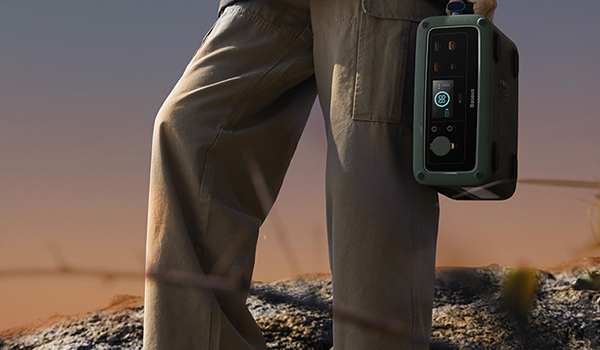Enjoying your music in this chaotic world may be impossible at times. Chatty coworkers, noisy traffic, and the sounds of construction all conspire against a quiet, comfortable listening experience. That is until you try out active noise cancellation.
What is active noise cancellation? It's a technology that uses microphones and sound engineering to erase background sound that leaks through into your earbuds. Best of all, you can find this seemingly sci-fi technology in consumer ANC earbuds.
How do noise cancelling wireless earbuds work, and how effective are they? We aim to answer those questions and more. Keep reading for your definitive guide on noise-cancelling earbuds.
What Is Active Noise Cancellation?
Active noise cancellation, also known as ANC, began as a technology to combat hearing loss in pilots. The idea is very simple in principle: listen to ambient noise via microphones, and remove it by playing the opposite frequency. The drone from an airplane is very loud, so playing the opposite frequency makes it disappear.
This is in comparison to passive noise cancellation, which is when you wear earplugs to block out sound. ANC can give the impression that you are in a much quieter environment. It succeeds in either reducing or completely eliminating outside sounds.
The result is that listeners get a clean, uninterrupted sound. Even if they aren't listening to any music, noise-cancelling earbuds will reduce external sound.
Applications for ANC
ANC obviously has far more applications than just protecting a pilot's hearing. Noise pollution is a massive problem that has led to widespread hearing loss in the general population. Ambient sound levels in most cities, workplaces, and even homes are far too loud for comfortable hearing.
Even hearing loss aside, ANC is an indispensable tool for many personal needs. They can make travel more comfortable and help with focus at work or in school. They can allow you to listen to music at lower, safer volumes when around noisy kids or taking an evening walk.
Some people don't even use noise-cancelling earbuds to listen to music. They simply put them in their ears to block out outside noise, rather than using uncomfortable earplugs.
The possibilities are endless. This impressive technology is surprisingly portable and energy-efficient. Let's discuss how noise-cancelling earbuds can achieve this.
How Do Noise-Cancelling Earbuds Work?
Noise-cancelling wireless earbuds require special hardware to remove unwanted noise. They have built-in microphones on the earbud's external body. These microphones capture all ambient sound and feed it into an internal processor.
This processor identifies external frequencies, such as car horns during your morning run. It calculates the opposite frequency, then feeds that frequency into your ears. Any external frequencies that leak in disappear or get reduced as a result.
The processing for this happens very quickly, so it cancels sounds almost as soon as they happen. And thanks to the modern Bluetooth 5.2 standard, the latency for music to reach your ears is almost imperceptible.
Does Noise Cancelling Affect Sound Quality?
A common misconception is that noise-cancelling earbuds ruin the listening experience by spoiling accurate sound presentation. However, this is not the case for modern ANC. The technology has advanced enough that you get a clean experience even with low-end noise-cancelling headphones.
In fact, sound quality is often better than other types of earphones without ANC. Background sound can prevent you from hearing your music as it was intended to be listened to. Buying earphones with ANC eliminates all those external distractions.
Does Noise Cancelling Affect Battery Life More Than Regular Headphones?
Yes. Noise cancelation uses a built-in processor to cancel out input noise. This requires on-the-fly calculations, which eat into your battery life.
Whenever you are using your ANC headphones, the microphones are on and pulling in outside sound. The more microphones you have (such as with a hybrid ANC system) the more battery drain there will be.
That said, the effect on battery life is not drastic. If you engage ANC, it only shaves a few hours off of the overall battery life.
The great thing is that you can disable ANC at any time with the press of a button. Whether you don't need it, or you want to save battery, you have that option at your disposal to squeeze a few more hours out of your battery.
Earbuds can only fit a small battery into their stalk, so battery life tends to be about 4 to 6 hours depending on your model of earbud. Fortunately, wireless earbud cases have a battery in the case that recharges your earbuds two or three more times.
What Frequencies Do Noise-Cancelling Earbuds Remove Best?
Unfortunately, ANC cannot remove all external sounds completely. It does an exceptional job with lower frequencies. If you use noise-cancelling earbuds, the drone of vehicles and air ventilation will practically vanish.
This makes noise-cancelling earbuds a must-have during travel of any kind. ANC also does a sufficient job of removing the hustle and bustle of a city. It reduces the sound of construction, tire humming, and chatter from animals and distant conversations.
However, there is one thing ANC struggles with: voices. Voices are often in much higher tones, making it difficult for ANC to remove them. If you wear a pair of ANC earbuds next to a group of talking friends, you will hear the entire conversation unless you turn the volume up.
That said, technology is advancing rapidly. In the next few years, we may see ANC earbuds that can remove voices as well.
What Is Hybrid ANC?
Most baseline noise-cancelling earbuds use the cheapest form of ANC, known as feedforward ANC. This means the microphones on the outside feed external sound inside. The processor scrubs that external sound from the signal and plays the leftover frequency into your ears.
However, the feedforward ANC suffers from a problem. The sound the microphone hears outside of the headphones is not the same as the sound you hear. The earbuds are dampening sound without processing already, resulting in a sound different from the actual one outside.
How Hybrid ANC Works
Hybrid ANC solves this problem by having microphones on the outside and the inside of the earbud. The processor can then compare ambient sound heard inside your ear canal and outside the earphone's body.
The end result is more comprehensive and accurate noise cancelation. Music sounds better, and less sound leaks in than with feedforward ANC.
The only downside with hybrid ANCs is that they are more expensive, and they use more energy. But these downsides are well worth the benefit of unparalleled noise cancelation.
An example of this is the upcoming Baseus Bowie MA10 TWS Earbuds. Their hybrid ANC is capable of up to -48dB noise reduction. You still get 25-hour battery life and low latency on dual channels.
Should You Get Hybrid ANC?
The answer is yes. The only thing that should stop you from buying earphones with hybrid ANC is your budget. And even then, you can find a very affordable pair of hybrid ANC earbuds for just $39.99.
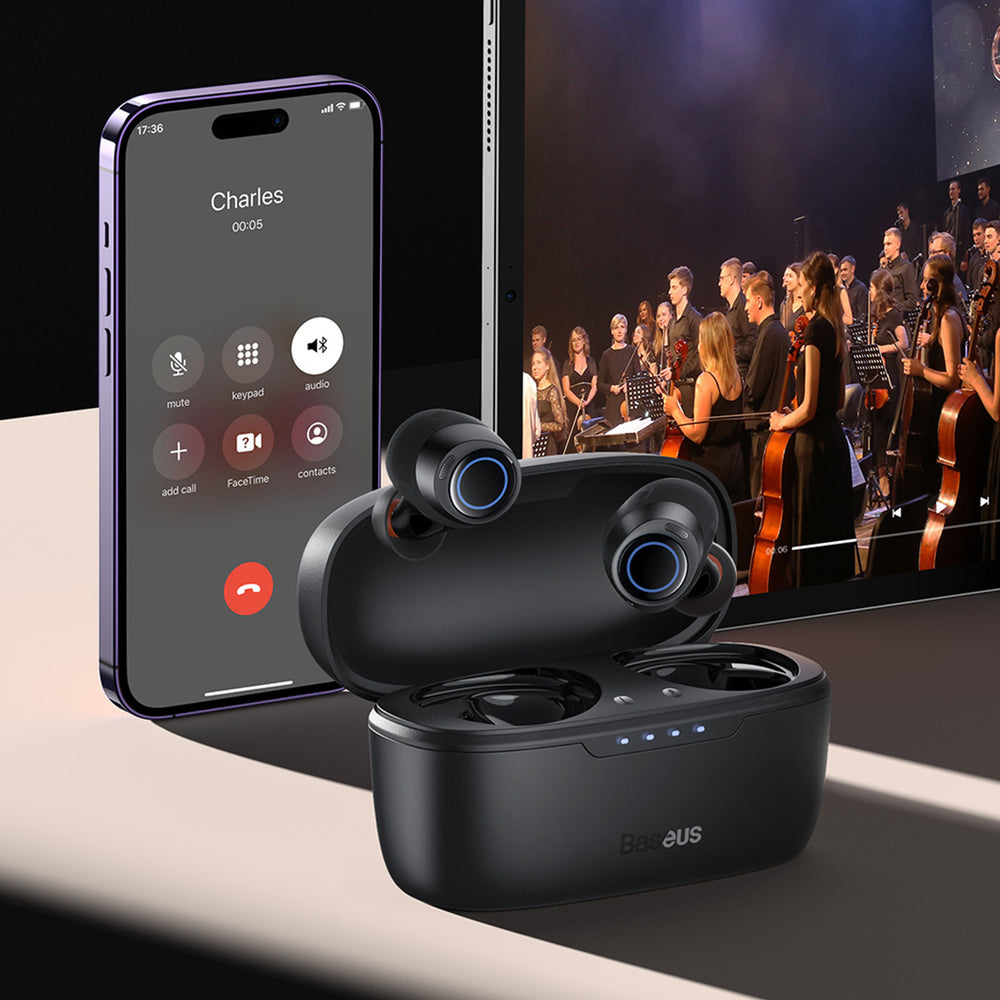
It's hard to describe with words just how much better hybrid ANC is than its predecessor. You'll just have to take our word for it that it performs better in all situations.
Think of it this way: how much do you value your hearing? Noise pollution damages the hearing of everyone, not just a select few. Being in environments with 85 dB of noise for just a couple of hours can permanently damage your hearing.
Investing in ANC earbuds is a form of preventative healthcare. Further, hybrid ANC earphones include more premium features for calling and take advantage of modern Bluetooth standards.
Noise Reduction Ratings (NRR)
There is another type of noise cancelling, known as passive noise cancelling. This refers to the amount of noise a pair of headphones or earbuds can remove without any special hardware. In other words, how much noise they can remove when you put them in your ears with the power off.
NRR ratings go all the way up to 33 for a pair of in-ear earplugs. Earmuffs can go all the way up to 31. If you combine the two, the highest NRR protection rating would be 36.
NRR ratings are primarily for hearing protection, but they do apply to consumer headphones and earbuds too. To calculate the NRR rating, you would need to use the latest ANSI S12.6-1997 to estimate average noise attenuation.
High NRR ratings require in-ear buds that go deep into your ear canal. These can be uncomfortable to wear. This is why ANC earbuds are an excellent way to get a higher NRR rating with greater comfort.
Buy ANC Earbuds With Baseus?
What is active noise cancellation? It's technology that allows you to reduce background sound and have a better listening experience overall. Having earbuds with a higher NRR rating and hybrid ANC will give you better performance.
Baseus makes affordable ANC earbuds with top-tier sonic performance and noise cancelling. Check out our shop and choose the right pair of ANC buds for you.
 United States/English
United States/English



